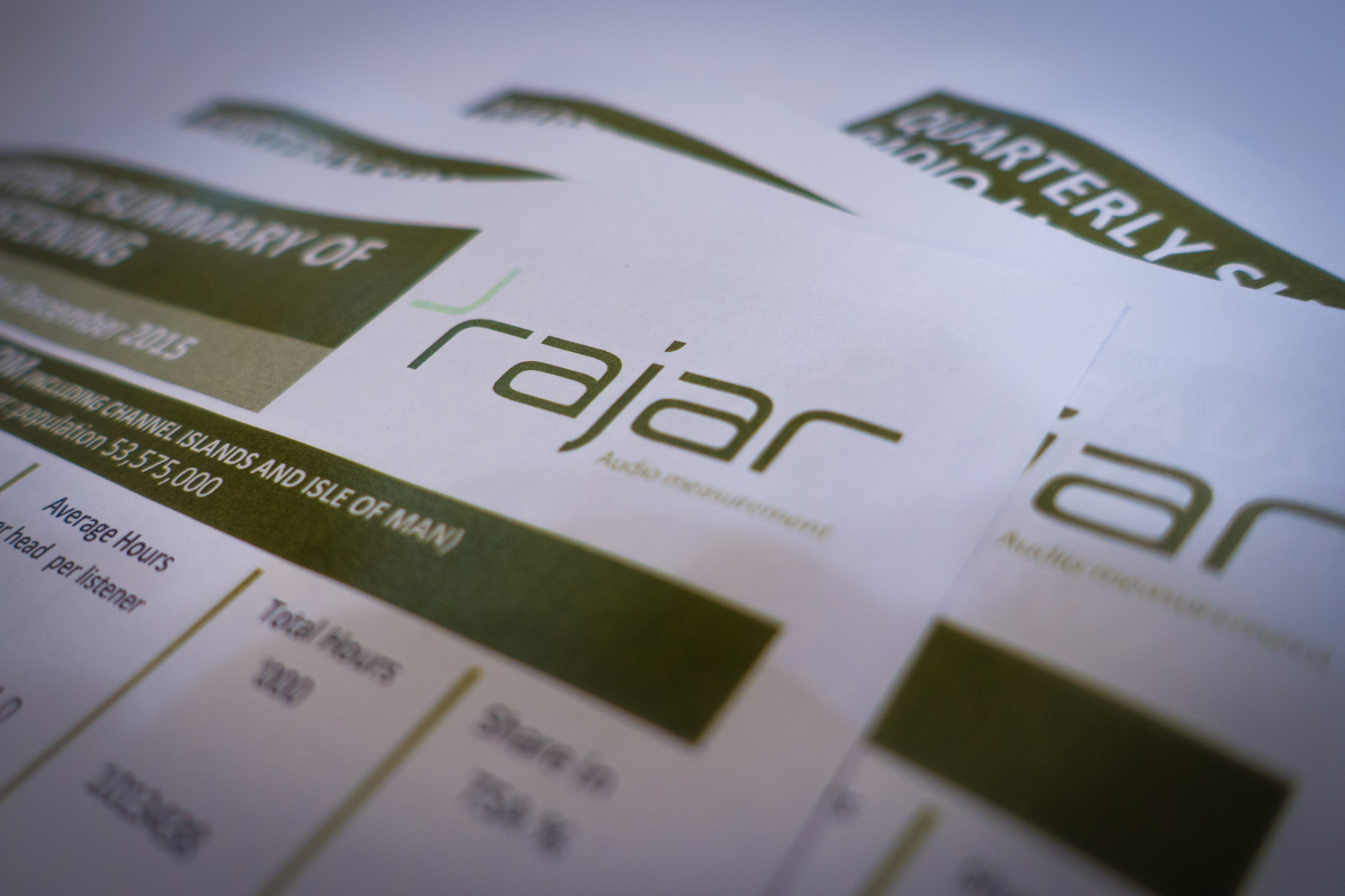This afternoon RAJAR, the UK’s radio research body, published a press release explaining changes they were making to the survey during the pandemic. It’s worth reading in full.
In essence, because their research partners have been unable to conduct face-to-face interviews due to lockdown and social distancing measures, published RAJAR numbers will be based on historical data incorporating revised census population information.
What that means is that although there will be some new numbers on trading platforms when Q2 2020 RAJAR is published, it won’t be “new” data. RAJAR ordinarily update its population data each year during Q2. Those updates obviously take account of the population changes over the past year – the UK population is growing after all.
But there won’t be “new” data showing how radio listening has changed during the pandemic. Such changes as they are will be primarily used for trading and not to report audience changes.
RAJAR was faced with a real issue when we went into lockdown. They can’t just “pivot” to a new measurement system overnight, say, switching to phone interviews rather than face-to-face. Radically changing methodology on a survey like RAJAR with over 100,000 respondents annually, takes time. And a new methodology instantly adds inconsistencies into data comparisons. You can’t compare last quarter on the old methodology with this quarter on an entirely different new methodology. That would be comparing apples to oranges.
That’s even more the case when we know from data that has emerged from radio stations, that listening behaviours have changed substantially, particularly during the early period of lockdown when travel was very limited, and indeed through to more recently when large parts of the population remain either furloughed or continue to work from home.
RAJAR has previously rejected using meters as a technology due to a number of flaws in the data. In any case, even if it overlooked those, it would still need to recruit a panel which requires fieldworkers and face-to-face interviews (You would have to demonstrate how they work etc.). And a panel methodology is very different to a survey methodology – recall that RAJAR recruits new respondents each quarter rather than retain the same people for multiple quarters.
Similarly, recruiting via the phone is exceptionally hard. People don’t answer the phone to unknown numbers nearly as much as they’d need to – how many dodgy “Microsoft”, “Amazon” or “Inland Revenue” calls have you had recently?
Undoubtedly we’re between a rock and hard place. If you’re the brand new Times Radio, it means that you’re not going to get any audience data this quarter – or next probably, since we’re already into the Q3 RAJAR period. While Times Radio is being commercialised via sponsorship rather than advertising, listener data is obviously valuable to any station, but especially a new one.
On the other hand, any kind of consumer research beyond online panels, is very limited at the moment.
RAJAR’s press release says that it’s using this time to look at other developmental work that they can do:
“In the meantime, the focus will be on conducting various futures related development work,pertaining to the design, testing and implementation of an enhanced RAJAR system to be operational as soon as is practical.”
Hopefully, when the survey gets up and running again, there’ll be more opportunity to add to it and improve it.
But in the mean time, stations won’t be getting any new data for the time being. Certainly not for Q2 and Q3 2020.

